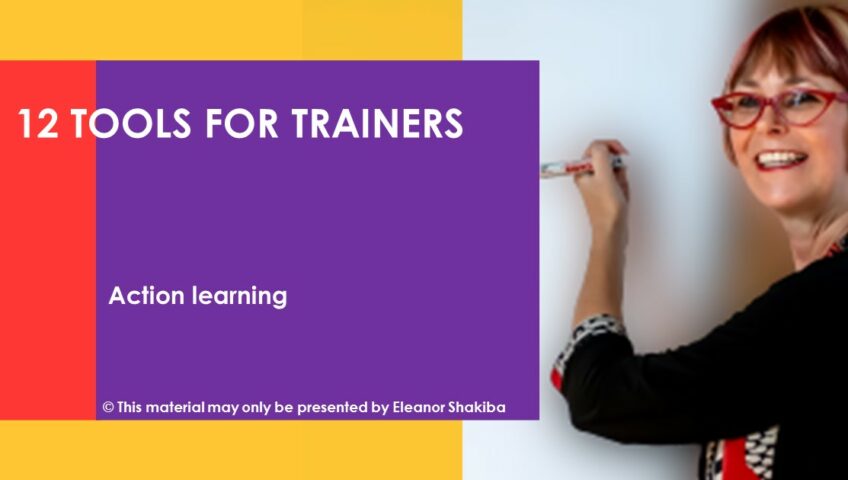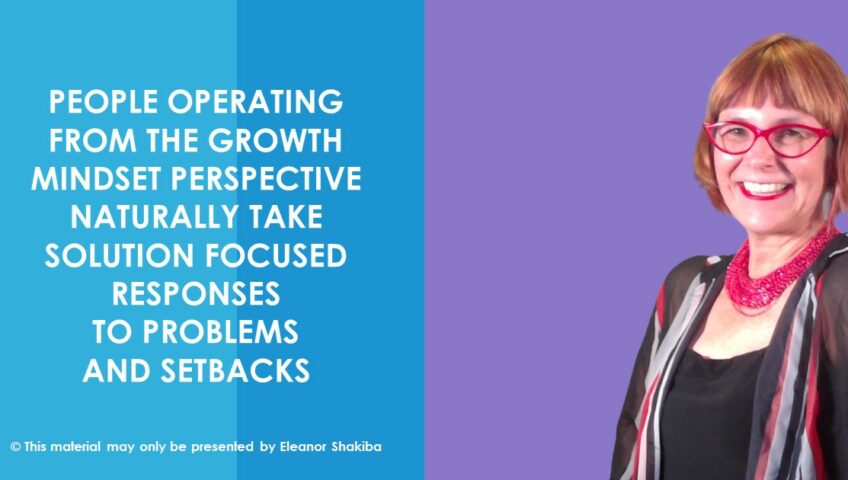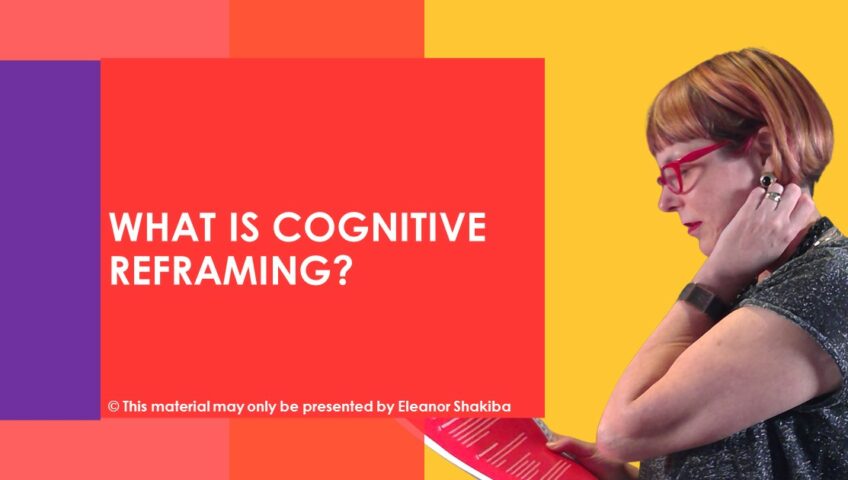Want learners to acquire skills that stick? It’s time to add action learning components to your training. Action learning is a highly practical form of experiential learning. It involves completing a project, action or task and then reflecting on results. During action learning, your group participants question their actions and learn from their mistakes. This encourages them to develop their problem-solving abilities. More importantly, it builds skills that will last over time.
Action learning has evolved over the years. It has become one of the most effective corporate training models. The concept was first developed in the 1940s by Reginald Evans. During his training as a physicist, Evans paid attention to the habits of his most successful peers. He noted that group interaction between scientists promoted learning and boosted creativity. Scientists who shared ideas and reflected on each other’s work were more likely to succeed. Based on his observations, Evans developed an action learning formula.
The basic formula consists of learning, programming, and questioning. However, many organisations have adapted the formula to suit the corporate world. In organisations, action learning starts with identifying a problem. The group then assesses the problem and suggests actions. After acting, the group reflects on the outcome with an action coach.
To facilitate action learning, you need to guide your group participants through 4 key steps.
- Identifying a real problem
- Designing possible solutions
- Taking action
- Reflecting on the outcome
Action learning is typically used to resolve urgent or significant problems. This increases learner motivation and encourages people to take immediate action. What’s your role in this as a trainer? To prompt learners to identify meaningful issues to work on. Next, you need to help them design possible ways to address their issue/s. Make sure they have concrete action plans in place.
Step three (taking action) is the most important part of action learning. Learners return to their workplaces and implement their projects or action plans. You, as their support person, coach as this happens. When projects are completed, the learning cohort should meet. Your role at this stage is to guide reflection and learning. Try giving learners templates and questions to keep this stage of action learning on track.
Action learning works best when it’s guided by a skilled facilitator. It’s a tried and tested technique that promotes greater collaboration. To make it work for your organisation, remember to encourage people to assess problems together instead of individually. Share solutions and ask open questions.
Want to boost your training and facilitation skills? Enrol in a trainers’ master class with Eleanor Shakiba today.
About the author: Eleanor Shakiba
Eleanor is a positive psychology trainer. She designs bespoke programs for organisations and individuals who want to promote ‘positive deviance’ in business. Her expertise in teaching social and emotional intelligence skills makes Eleanor a highly sought-after facilitator. Eleanor’s qualifications are in Positive Psychology, Social Anthropology, Counselling, Coaching, Adult Education and Neuro Linguistic Programming. Eleanor is the author of the Positive Psychology Toolkit for HR and L&D Practitioners.










